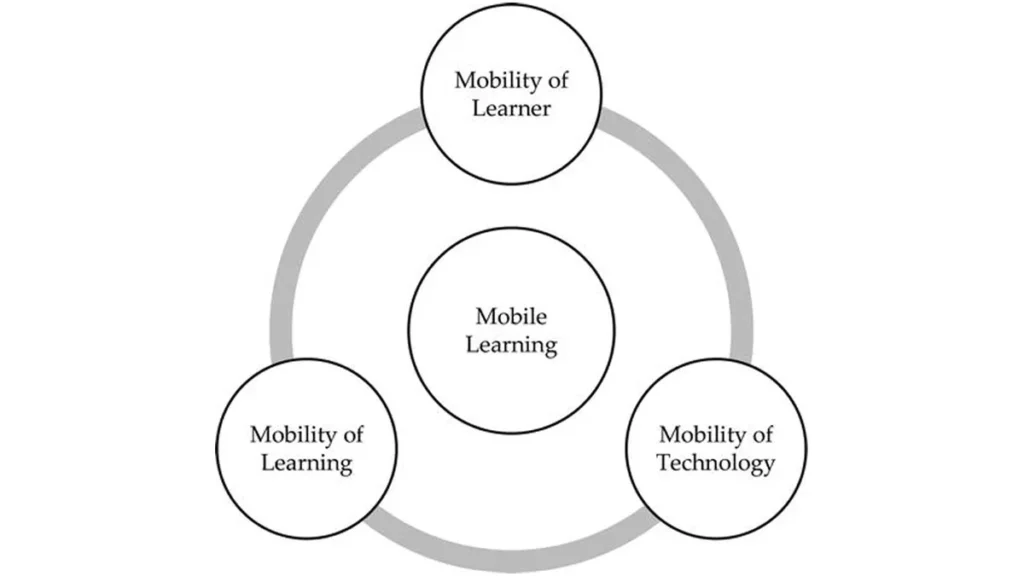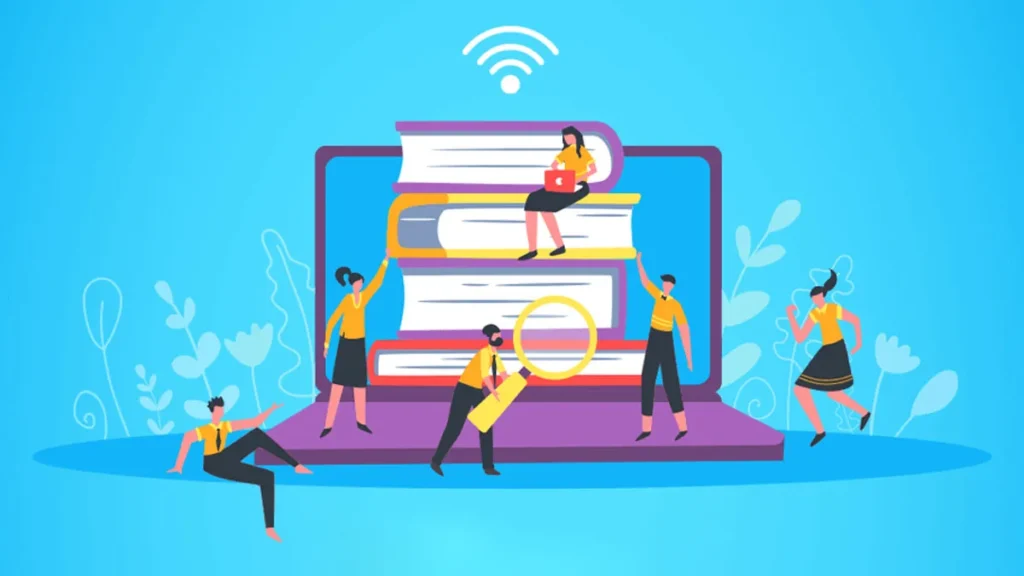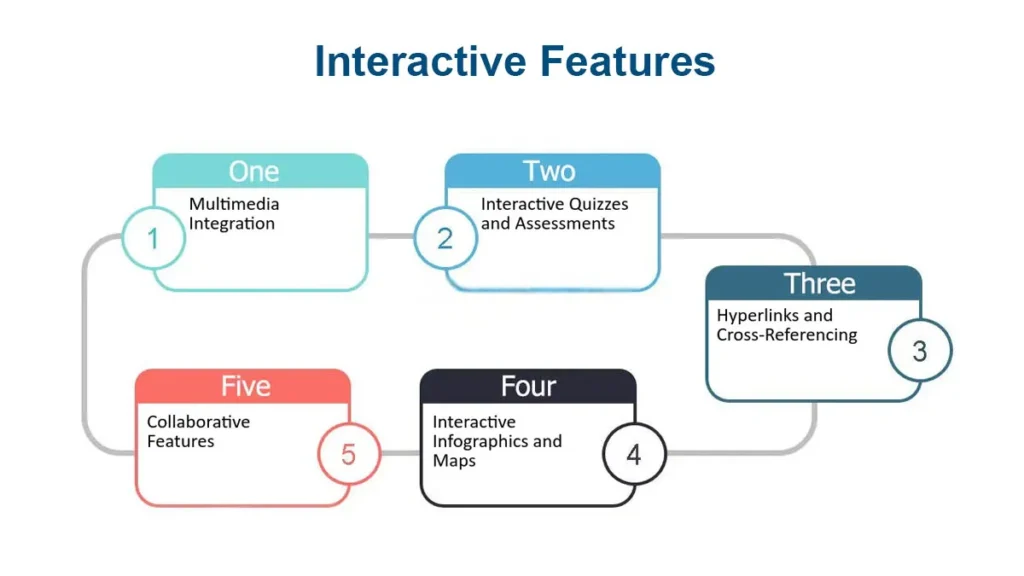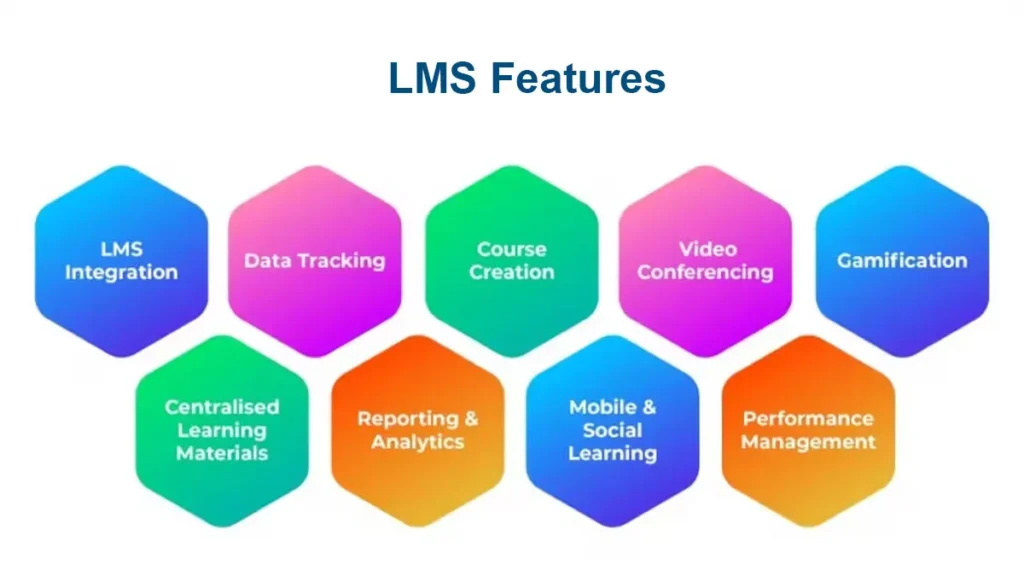The Future of A Level O Level Books in Digital Learning

Education is rather rapidly shifting to the digital format, and textbooks are the focus of such changes. This smooth transition from print books to e-books comes about as the consumer’s experience of learning resources transforms. As this article shows, this is the case, and as the delivery of resources moves online, the question of A Level O Level books becomes a significant one for education today and in the future.
The Evolution of A Level O Level Books

Historical Perspective
O Level and A Level books have long been used by students to get a systematic idea about their courses to prepare for the papers and to attempt the exams. Conventional-wise, such textbooks were published in paper form, issued as hardcovers, and with direct delivery to schools and learners. In the process of using the technique, the format changed with time, and with the improvement of technology, there was migration to the use of digital modes. This change was pioneered by the introduction of e-books and other online-based resources.
Transition to Digital Formats
People desire to read or are required to access more recent and usable content which calls for the shift to multimedia. Traditional e-books replaced conventional writing with PDF and then advanced to contain multimedia solutions and interactivity and learning. This is an emerging phenomenon within the context of the growing utilization of technologies in the exploitation of learning endeavors.
Current Trends in Digital Learning

Examination of Present-Day Digital Learning Tools
Modern tools for digitalized learning are numerous and highly developed. The active use of interactive e-books, online resources, virtual learning platforms, and mobile applications makes students’ information access unlimited. Some of these tools include the incorporation of videos, quizzes, and virtual simulations of lab activities as some of the features for learning that are more effective as compared to textbooks.
Emphasis on User Experience
Learning and knowledge acquisition have become more about developing attractive and easily consumable content. Contemporary technologies have thus been created in such a way that should facilitate effective learning for the large and diverse clientele. This way of learning also allows students to remain engaged in the course, and not lose focus with the material presented to them.
Advantages of Digital A Level O Level Books

Benefits Over Traditional Textbooks
Digital A Level O Level books offer several advantages over their print counterparts:
- Instant Updates: The contents of digital books can be easily changed at a particular period to include new information, education standards, or new advancements that may be acquired through research.
- Cost Efficiency: Digital formats do not require the use of paper and ink, and this helps to cut costs hence they are cheaper.
- Interactive Elements: Hypothesized modifiable facets without specific relation to computer-based instruction include, for example, embedded videos, animations, and interactive quizzes that improve learning.
Enhanced Learning Experience
In contrast, digital books give learners a more enthusiastic and efficient mode of learning. Getting extra information, engaging in some fun lessons, and getting feedback are helpful for students since they can boost their learning process of the concepts learned.
Interactive Features of Digital Books

How Interactivity Enhances Learning Experiences
Other features of digital books are hyperlinks like diagrams that can be clicked, exercises, as well as quizzes that run in real-time. These elements assist the learner in achieving an active learning engagement hence increasing the chances of exploration and absorption of course content. For instance, in-class activities like the use of maps that are minute and can be moved give students more practical time when it comes to lessons.
Gamification and Engagement
Social learning can be considered another key trend that has been flooding the field of digital learning – it implies delivering the content in a game-like manner. This approach may help break up the monotony and make learning an exciting process; this way, the students’ interest in the material will not wane.
Accessibility and Portability

Ease of Access
Therefore, considering these facts, one can state that one of the key benefits of owning digital books is their availability. Textbooks are available online so students can view them on any device at any time and anywhere they may find themselves: at home school, or somewhere else altogether. These make it possible that whatever learning is being undertaken can be continued without interruptions.
Portability
The use of digital books is also portable because carrier devices like laptops, iPads, Android phones, and Tablet PC are capable of holding as many digital books as possible. There are no more heavy and fat books to be carried in students’ bags; students have their learning resources within a single gadget. This is of great convenience to the students most especially those who have to move around while studying.
Customization and Personalization

Tailoring Digital Books to Individual Learning Needs
Digital textbooks are preferable for their ability to allow for differentiation of learning regarding students’ requirements. Some of these applications’ characteristics include the degree of font options, the option to change the background color, and the option to highlight/underline parts of the text.
Adaptive Learning Technologies
Intelligent technologies incorporate information about a student’s performance into the process of content and speed of acquiring knowledge. About this, it helps it address the abilities and the different lacks of every learner and thus be effective in its courses.
Challenges Facing Digital Books

Common Issues and Obstacles
Despite their advantages, digital books face several challenges. These include:
- Technical Issues: Compatibility issues, software glitches, and device restrictions can curb the usability of digital books.
- Screen Fatigue: Long use of digital devices can lead to eye stress and fatigue, which may affect learning.
Addressing Accessibility Concerns
Equal access to learning resources specifically digital forms of books for all the students allows disabled students to learn effectively. The availability of web applications should be made in a way that all the features are available to all the targeted users.
Integration with Learning Management Systems

How Digital Books Fit into LMS Platforms
Digital books are becoming included in Learning Management systems (LMS). This integration makes it easy to get access to learning materials, assess students’ performance as well as include other related resources. It also allows interaction between students and educators.
Benefits of Integration
The incorporation of digital books into the LMS platform enhances the perspective of the learning process since students can easily access their materials and educators can easily monitor their progress. It also facilitates the content management of a course and the relevant resources as well.
Future Trends in Digital Books

Predictions for Future Developments
Regarding the development of digital books in the future, one can predict their development based on the existing trends in IT development, such as, for example, an increased use of AI, VR, and augmented reality. These innovations will go on extending the advantage which helps in the enrichment of the learning experience with more appealing and engaging content.
Innovations on the Horizon
New waves like blockchain for safe and credible storing of educational certificates and advanced user analytics for learning processes’ personalization while reading digital books will contribute to the advancement of the new tradition. All of these innovations allegedly envisage changing the interactions of students and educators with the learning material one more time.
Case Studies: Successful Implementations

Examples of Successful Digital Book Implementations
Many institutions and organizations have managed to incorporate digital books into their systems of training. For instance, schools that have implemented the use of digital textbooks, have seen and rise in student participation and enhanced results. The mentioned cases describe how the above implementations have informed positive changes in students ‘performance and access.
Lessons Learned
The described cases give significant information about how one should proceed to incorporate digital books into education. Some of the main conclusions comprise the need for training for teachers, strong technical support for all the programs, and students’ engagement in the process of the adoption of these and similar applications.
Comparing Digital Books with Traditional Textbooks

Side-by-Side Comparison
When comparing digital books with traditional textbooks, several factors come into play:
- Cost: Digital books often have lower upfront costs and eliminate the need for physical storage.
- Interactivity: Digital books offer interactive features that traditional textbooks cannot.
- Portability: Digital books are more portable and accessible than physical textbooks.
Which Format is Better?
The use of digital as opposed to traditional formats can be attributed to a variety of factors that include; the use’s preference, learning style, and access to technology. Each has its benefits and can be used together in a television/facilitator and workbook/ handout type of scenario.
The Role of Multimedia in Digital Learning

Impact of Multimedia Elements
Based on the findings, student engagement factors common to multimedia learning are important components of digital learning. They can lend visual aid to some issues that need to be explained, explain concepts in addition to using examples, and capture the learners’ attention in a way that a text might not.
Enhancing Understanding
This way multimedia can be used to meet different learning profiles in digital books. This is especially important to prevent observational learning of poor study habits by other students.
User Feedback and Improvement
How Feedback Drives Improvement
It is the reception from the users that provides an opportunity to enhance the quality of digital books constantly. Teachers and learners play a key role in sharing experiences as well as ideas on what strategies are effective and what modifications can be made. Such feedback is useful in enhancing digital books to be more relevant to the users by the developers.
Implementing Changes
New releases and additional amendments taking into account the users’ experience are a guarantee of digital books’ usefulness. This approach assists in solving issues and including new features, which enriches the experience of receiving knowledge.
Conclusion
In the concept of digital learning, the future for A Level O Level books is promising and still has the potential to grow. In the future, digital books will become even more engaging, inclusive, mobile, and customized when technology progresses even further. Thus, despite the presence of several shortcomings, the advantages of using digital books enhance the role of information and communication technologies in contemporary learning. Through these changes, students and educators especially can prepare for a more progressive and efficient learning environment.
FAQs
1. What are the main advantages of digital A Level O Level books?
Some of the benefits that can be associated with digital books include; Newhou updates; they are usually cheaper than analogs, and they avail interactivity which makes learning easier. They are also more portable than traditional textbooks and much easier to get.
2. How do interactive features in digital books benefit students?
Elements like diagrams with hot links, and even several quizzes that happen in real time, enhance students’ learning because of the increased level of activity they imply.
3. What challenges do digital books face?
Digital books have issues like technical problems, eye strain, and availability problems. These issues should be tackled to avoid creating digital resources that are not efficient and fail to cater to all clients.
4. How can digital books be integrated into Learning Management Systems (LMS)?
Digital books can be easily provided in an LMS environment to control access to the learning content, monitor students’ progress, and interact with the learners.
5. What future trends can we expect in digital books?
It may be expected that STG or trends in future implementations of electronic books will consist of the use of artificial intelligence, and virtual and augmented reality in learning.
